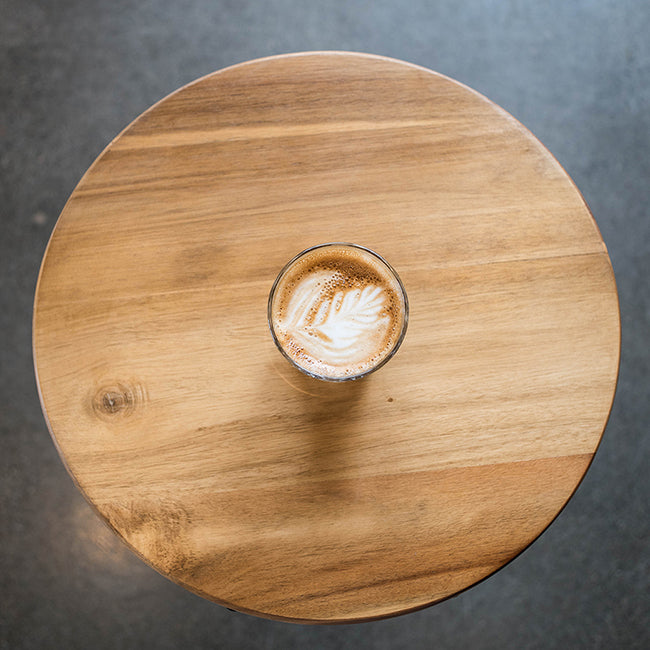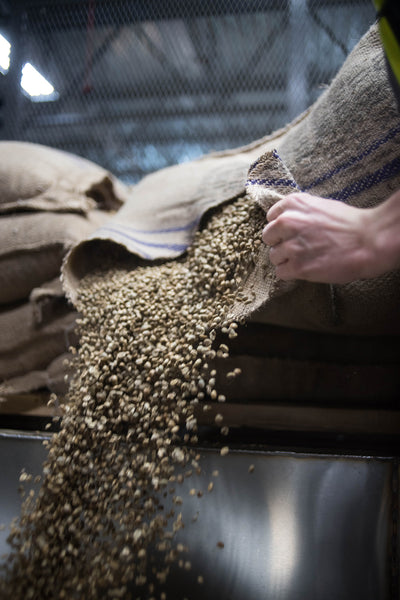
In general, there are two compositions of coffee: single origin and blends. Neither is better or worse than the other (depending on who you ask) but some roasters pride themselves on being Single Origin.
Single Origin Coffee
Single origin coffee typically is sourced from one origin. This can be defined as specific as a single producer, from a certain region, a particular variety or as widely as an entire country.
One of the issues that face many Single Origin specific roasters is that if a farm, co-op or crop has a poor harvest or growing season, they are solely dependent on one crop for the base of their roasts. As climate change impacts more regions and delicate crops, farmers and roasters alike face a higher risk when “putting all their beans in one basket”.
Single origin coffee was originally seen as one of the purest forms of coffee but it can put a lot of pressure on a crop. Year after year, yields might change and flavours evolve.
Coffee Blends
Coffee blends are a combination of multiple single origins from numerous sources. Blending coffees can create additional layers and depths to coffee when using complimentary flavours. Some of Level Ground’s favourite coffees are blends, like our Andes and East Africa blends. These coffees are also loved by our customers!
 |
 |
How Blends are Created
There are many ways to combine different coffees to create a blend, however they all must come together in one of two ways: either you blend pre-roast or you blend post-roast.
Some people in the coffee community feel strongly about blending either pre- or post-roast but there are pros and cons to both.
Blending Pre-Roast
Roasting coffees together allows you to achieve greater control of both blend ratios and the roast depth needed for the perfect taste and profile. Blending beans pre-roast also allows the flavours and oils to release at the same time, for the ultimate smooth blending.
If you are not skilled and don’t fully understand your beans, you could use the ratios wrong which would result in an imperfectly blended cup. Sometimes certain beans that will be combined in a blend together need different roast durations and temperatures so blending pre-roast would create an uneven taste profile.

Blending Post-Roast
Blending post-roast also has its own challenges, which is why neither method is perfect, just a preference.
When you blend beans that have already been roasted, the amount of customization is so sensitive, the profile or taste can be altered simply by adding or changing the ratios by a few beans! Blending post-roast, allows you to build the blend profile as you roast until you find the perfect mix.
Roasting coffees separately and mixing post-roast means you must ensure those beans are blended perfectly, down to every last bean. This allows for perfected profile consistency, across the entire roast. Maintaining correct ratios to ensure each cup and batch is consistent takes next level attention to detail.
If you’re not sure what you like, try some single origins and blends. If you notice you like single origins from a certain area (like Colombia), you can look at blends with Colombia coffee in them and expand from there. Since you’re likely not roasting at home, you can leave the blending to the professionals and enjoy finding your new favourite blend!
